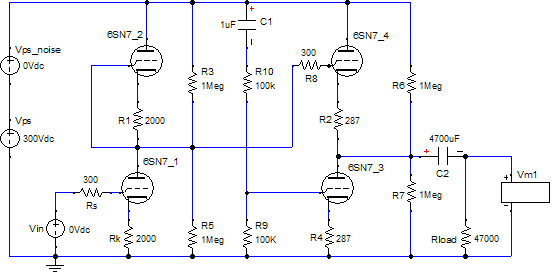I read an article today about how there are more cats on the web than there are dogs and I thought (angrily!) that that was a situation which needed addressing pronto. Hence the spotlight on Sam "Samwich" Oler Epstein, our dog.
Sam is a pretty handsome guy:

He loves everybody, but what he really loves is his lacrosse ball:

Being somewhat obsessive myself, I can really relate to the way Sam will chase this lacrosse ball over and over and over again. We had Sam up in the country, with twin 6-year-old boys last weekend and it was quite the battle of wills. A draw.
-j
 The Tubegeek
The Tubegeek



